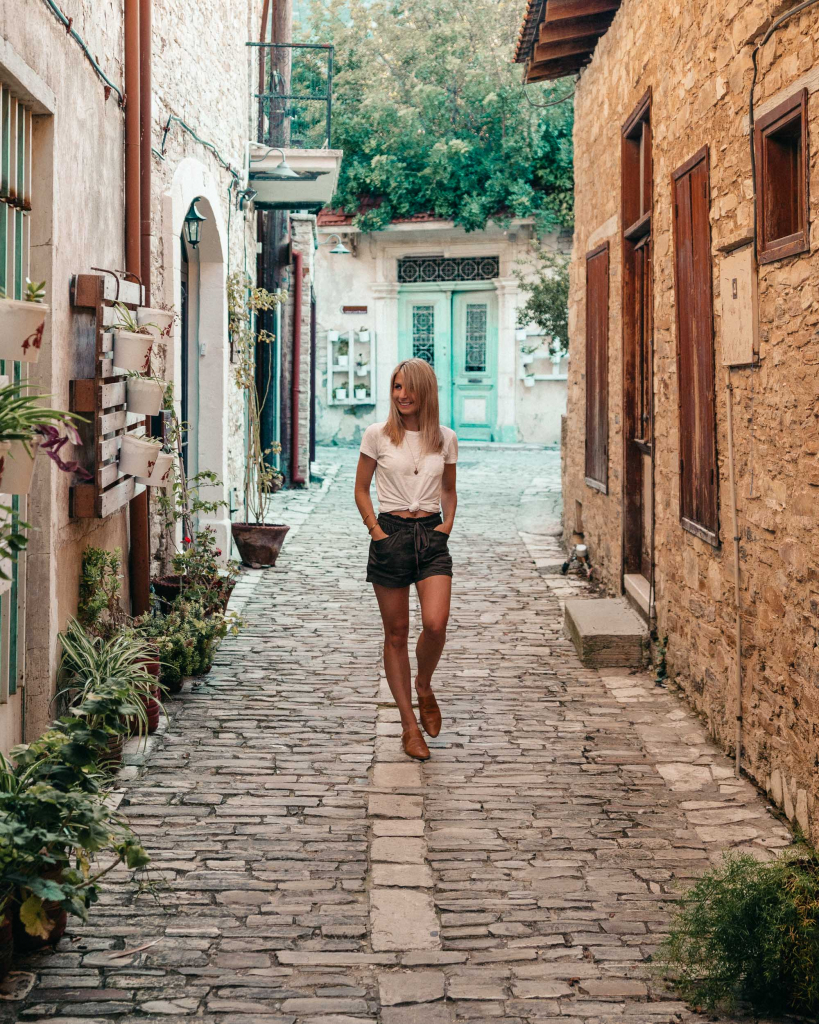The city of Famagusta ...
The city of Famagusta (Mağusa in Turkish) is one of the finest examples of mediaeval architecture in the eastern Mediterranean and, in its present state of preservation, is equal to that of the old cities of Carcassone and Ragusa (Dubrovnik). One full day spent in Famagusta will reveal the history of Cyprus in a nutshell.
Much of Cyprus is an outdoor museum, but only here is so much historical interest concentrated, that is a showplace for all.
Much of the history of the town is obscure as there are no written records and our only source of material is from travellers’ accounts of merchants passing through.
Some historians declare that it was founded by King Ptolemy Philadelphus of Egypt in 285 B.C. It is believed that the city occupies the site of ancient town of Arsinoë. Famagusta prospered through the destruction of the neighbouring Salamis the former capital of the island.




